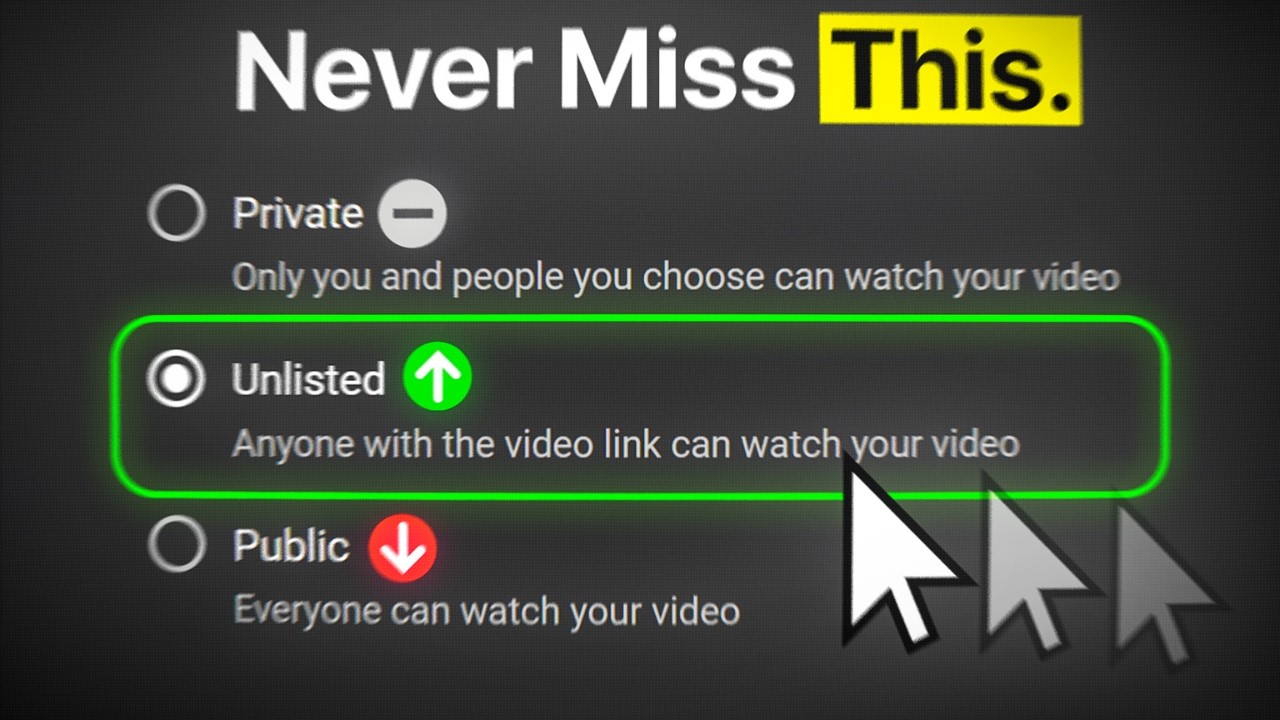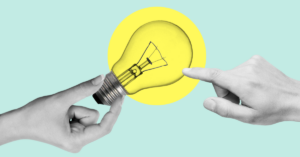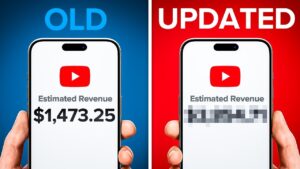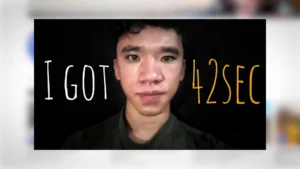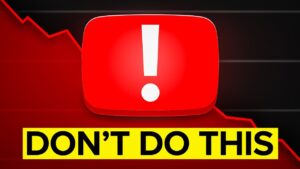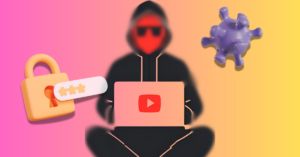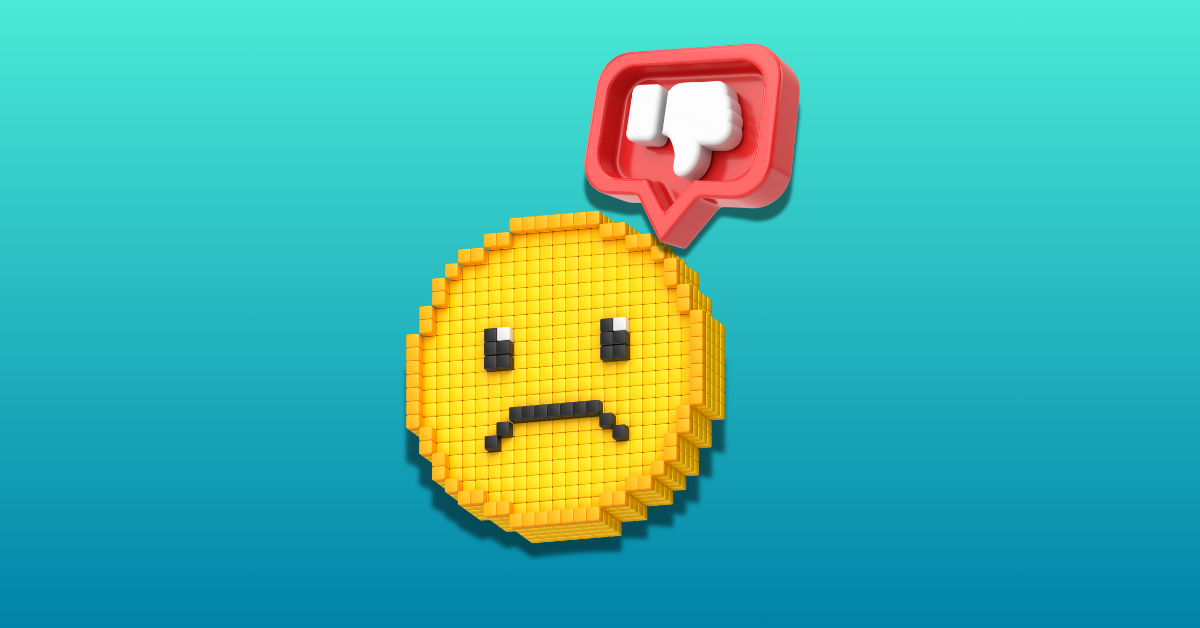They can’t all be bangers.
What do you do when you receive YouTube dislikes or negative comments on your videos?
YouTube dislikes may not feel great, but they’re not as significant as they may feel. Sure, if people are taking time out of viewing to hit the 👎, that feels bad. Instead of wallowing though, take it as a learning experience. They’re telling you something. Literally “I did not like this video.” It sucks, but it can provide valuable insight into what your viewers do and don’t like about your content.
Remember, you’re playing the long game. Just like you no one great video is going to make your channel, no one “bad” video is going to kill it. Dislikes and negative comments can be discouraging if you let them be. So don’t! Take dislikes and constructive feedback in comments as signals. Learn from them, take the lessons, and move on.
In other words, YouTube dislikes can be discouraging, but with the right mindset, they can actually help.
YouTube dislikes don’t mean that much
Way back in November 2021, YouTube hid the number of dislikes on a video. It was a controversial decision. Today, while the YouTube dislike button remains, the impact of a viewer choosing to hit it is diminished. The YouTube dislike count, it was argued, was a quick and easy quality barometer for viewers. YouTube defended the company’s decision saying it protects creators from dislike attacks.
Now, only creators can see YouTube dislikes by digging into the analytics in YouTube Studio. The impact of YouTube dislikes on ranking isn’t entirely clear (the YouTube algorithm is an enigma) but one thing is for sure: YouTube dislikes are not a death sentence.
To make the point, A Short from sibling-creator duo Lucas and Marcus held the dubious honor of being the most disliked video on the platform. Despite this, the channel has over 37 million subscribers and new uploads routinely receive well over 500,000 views.

Do YouTube dislikes impact the algorithm?
While the exact workings of the YouTube algorithm are secret, a study by Mozilla has evidence to suggest that no, YouTube dislikes are not considered by the YouTube algorithm. The study tested different methods to help users avoid bad recommendations, where videos similar to one they previously rejected are recommended.
The results were less than ideal for users; the dislike button only prevented around 12% of bad recommendations (this figure rises to 43% when users stop recommending a channel). The study urged YouTube to do something about their ineffective recommendation algorithm. In the meantime, creators can take comfort in knowing that dislikes don’t signal the end of their YouTube career.
YouTube dislikes are a learning opportunity
Just because dislikes are unlikely to affect your channel performance doesn’t mean they should be ignored. The dislike count isn’t publicly available to viewers, but creators can access the data within the Creator Studio, YouTube’s central channel management hub.
Keep an eye on your dislike metrics just as you would any other video performance statistics. Do your dislikes fluctuate across videos? Are some videos receiving more dislikes than likes? Does one video have way more dislikes than your other content? A spike in dislikes on a given video suggests that’s not the content your viewers are looking to you for.
Don’t look at total number of YouTube dislikes on a video. Rather, consider the ratio of likes to dislikes, and compare that against other videos in your library.
If you notice a pattern in your dislikes, use the feedback to your advantage. For example, a surge in negative feedback since you started using a new microphone might mean it’s time to look at higher quality alternatives. Or if all of your Q&A style videos are underperforming, think about ending that series in favor of better-performing content.
Don’t be afraid to ask your audience either. You can use the YouTube Community features to poll your viewers, or even ask outright why your video didn’t land.
Negative feedback can be your friend, not your enemy
The comments section of a video can be a scary place—full of trolls and bullies. But if you can brave it, it can help you learn more about your audience. Read the comments on a disliked video to understand what missed the mark.
Your audience simply might not like the style of your video. Or perhaps you said something you shouldn’t have. Either way, it’s helpful to know how your content is being received so you can improve.
In the end, dislikes are a gauge for how content is performing. Now that this information is hidden from viewers, it’s not about driving away traffic to your channel—it’s about learning from feedback and making changes to better yourself and your channel.
Get an unfair advantage on YouTube
Give your YouTube channel the upper hand and easily optimize for more views, more subs, and more of every metric that matters.

